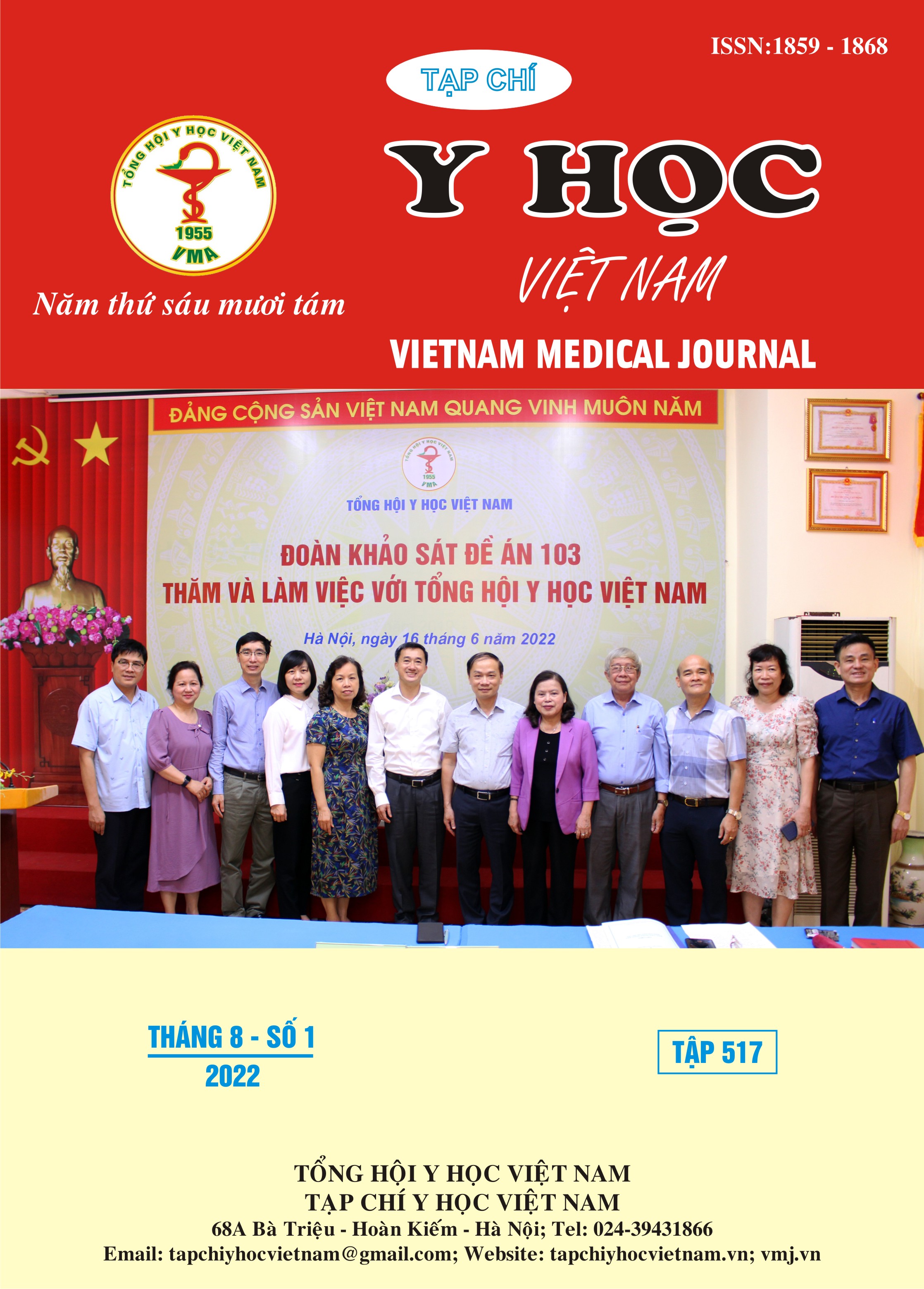STRATEGY FOR REVACULARIZATION IN MULTILEVEL PERIPHERAL ARTERY DISEASE WITH FOOT ULCER AT CHO RAY HOSPITAL
Main Article Content
Abstract
Background: Multilevel peripheral arterial disease is challenging for physicians. Complete revascularization in theses patients is not always possible. For the multilevel peripheral arterial disease patients with foot ulcer, should we always have to achieve complete revascularization to augment blow flow to the foot, reduce healing time and improve limb presevation rate? Purpose: - Compare early and mid-term results between two groups of multilevel peripheral arterial disease patients with foot ulcer: complete revascularization and incomplete revascularization. - Propose revascularization strategy for this patient’s category. Patients and methods: Prospective descriptive series cases of multilevel PAD patients with foot ulcer under revascularization at Vascular surgery department, Cho Ray Hospital. Results: Mean age was 74 years. Most of patient is male with following frequent risk factors: Dyslipidemia, hypertension and diabetes. After revascularization, patients in complete revascularization improved markedly when comapre with incomplete revascularization group. But when compare early and mid-term results, there were no statiscal significance difference about healing time and limb preservation between these two strategies. Conclusion: For multilevel peripheral arterial disease patients with foot ulcer, we should revascularization for inflow lesion first then observe. If there is no improvement we continue to revascularization for outflow lesion.
Article Details
Keywords
complete revascularization, multilevel peripheral arterial disease
References
2. Gary, T., et al., Neutrophil-to-lymphocyte ratio and its association with critical limb ischemia in PAOD patients. PLoS One, 2013. 8(2): p. e56745.
3. Boufi, M., et al., Systematic review and meta-analysis of endovascular versus open repair for common femoral artery atherosclerosis treatment. J Vasc Surg, 2021. 73(4): p. 1445-1455.
4. Agnelli, G., et al., Morbidity and mortality associated with atherosclerotic peripheral artery disease: A systematic review. Atherosclerosis, 2020. 293: p. 94-100.
5. Takayama, T. and J.S. Matsumura, Complete Lower Extremity Revascularization via a Hybrid Procedure for Patients with Critical Limb Ischemia. Vasc Endovascular Surg, 2018. 52(4): p. 255-261.
6. Kawarada, O., et al., Contemporary critical limb ischemia: Asian multidisciplinary consensus statement on the collaboration between endovascular therapy and wound care. Cardiovasc Interv Ther, 2018. 33(4): p. 297-312.
7. Olivieri, B., et al., On the Cutting Edge: Wound Care for the Endovascular Specialist. Semin Intervent Radiol, 2018. 35(5): p. 406-426.
8. Armstrong, E.J., et al., Multidisciplinary Care for Critical Limb Ischemia: Current Gaps and Opportunities for Improvement. J Endovasc Ther, 2019. 26(2): p. 199-212.
9. Flores, A.M., et al., Benefit of multidisciplinary wound care center on the volume and outcomes of a vascular surgery practice. J Vasc Surg, 2019. 70(5): p. 1612-1619.


